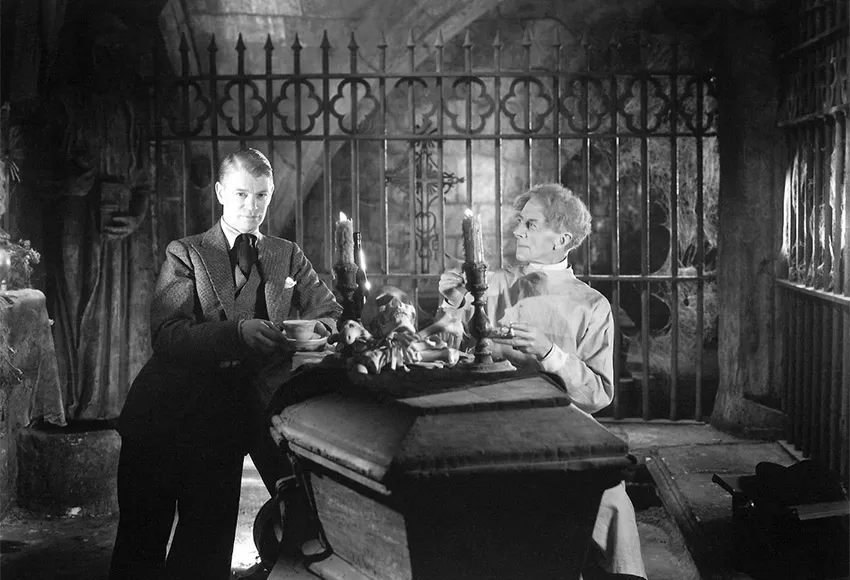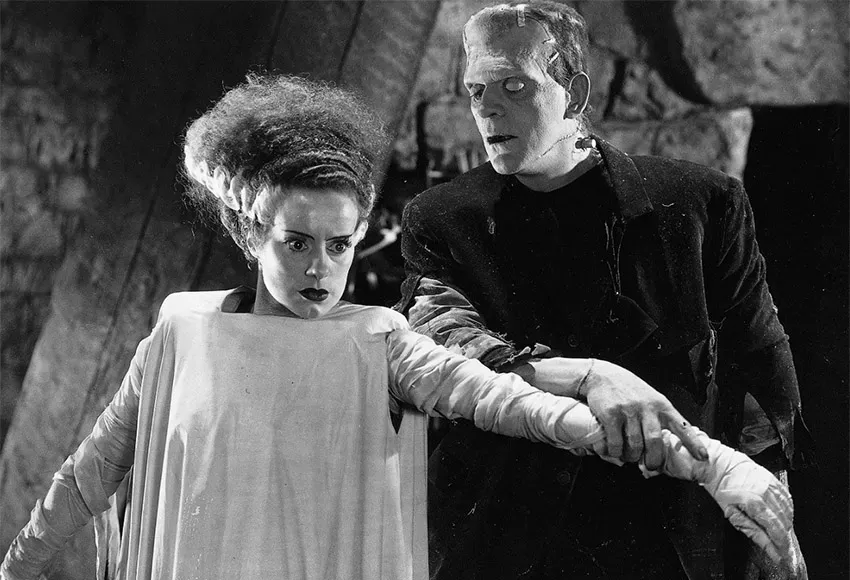It is officially October, meaning spooky season is in full swing and it's about time to start discussing horror cinema loudly. I watch scary movies year-round and consider the start of spooky season to be the day after the Fourth of July, but to some people these frightening matters are best left solely to one month of the year.
When I think of it, though, most of my fellow Queer friends also have a strong love for Halloween and horror movies in general. This might at first seem like a coincidence, but it makes a lot of sense why we feel connected to the genre, as, from its inception, it has been inextricably linked to our community. This link is highlighted by the influences of camp (often the underlying subtext) on horror, as well as the by the people working in front of and behind the camera and their own queerness.
So, for the month of October, I will be discussing the horror film genre, and how our community was central to its history, including some of the rich LGBTQ+ history of various eras of cinema. This week, we'll examine people and productions of the Golden Age of Hollywood, which ran from 1931 to 1954.

James Whale
James Whale (1889–1957) was one of the notable directors of that era. Frankenstein, The Old Dark House, The Invisible Man, and Bride of Frankenstein are his most popular works. Whale is noted for his pioneering of various tropes of the genre, including monster protagonists and scary old-house movies.
Whale was also notable for being out as a Gay man in the 1920s and 1930s, something that was almost unheard of in those days. This has led many to reexamine his works through this lens, and the results are illuminating.
As Hollywood as we know it was just beginning to form, and cinema was considered low art, this allowed marginalized people to sometimes fill vacuums of power within the industry. Major studio films directed by Queer people are still not easy to make, so the fact that some of the highest-grossing, culture-defining films were made by an out Gay man (which was well known) is amazing.
The movies and monsters he made
Frankenstein instantly became one of the most recognized images of the horror genre, due to the success of Whale's 1931 film. It, as well as the original 1818 novel, written by Mary Shelley, has been read by many as containing subtext relevant to Queer people, namely the trope of the revocation of love by one's parent. The monster is seen as sympathetic when rejected by his own father, and the feelings portrayed evoke this in viewers. (I would also be remiss to exclude the readings made by some to connect the plight of the monster to the Queer body, which is alienated and demonized.)
In The Old Dark House, Whale explores further themes, this time critiquing heteronormativity and the restrictions it imposes on people in society. He highlights the queerness of the characters (not regarding sexual orientation, but rather a queering of expectations and social standards) through their nonconformity to the rigid boundaries of society.
Several characters are coded as Queer, and Whale even used actors who themselves were Gay, Lesbian, or Bisexual, including Charles Laughton, who was Bisexual. In the film, a character refers to Laughton's character as "ever so gay," which is believed to be the first cinematic use of the word "Gay" to describe homosexuality, as it is assumed Whale was referring to his colleague's sexuality with that line.
The readings of the subtext of Whale's films do not slow down regarding Bride of Frankenstein, whose title role was played by Elsa Lancaster. In contrast with the monster's slow, quiet, calm demeanor, her performance is intense, kinetic, manic. This is often considered one of the first and most influential examples of camp in cinema, with everyone else being portrayed as relatively straight (pun intended) compared to her over-the-top movements, screams, and facial expressions. This relationship to camp is essential in horror's connection to LGBTQ+ culture.
Additionally, the subtext of the film is also read as rejecting heteronormativity, since the bride rejects the monster. Whale knew exactly what he was doing (and how it would be perceived) by creating a narrative in which a woman – "made" for a man – rejects his pursuit.
Whale's contributions to cinema, let alone Queer cinema, are monumental. Separated entirely from the readings of his work, the very fact he was an openly Gay man in a prominent position, making art, is inspiring. Especially in a world where our voices are often intentionally silenced.
It is clear when examining these works that his life influenced the films, affecting their text, subtext, production, and overall impact. From the actors he used, to the types of stories he chose, to the film technique and aesthetics he employed, James Whale forever impacted the legacy of LGBTQ+ cinema.
Stay tuned
Next issue, we will examine a different era of horror cinema, in hopes of discussing more of the history of the productions, the people, and the stories that define the genre and the community.


